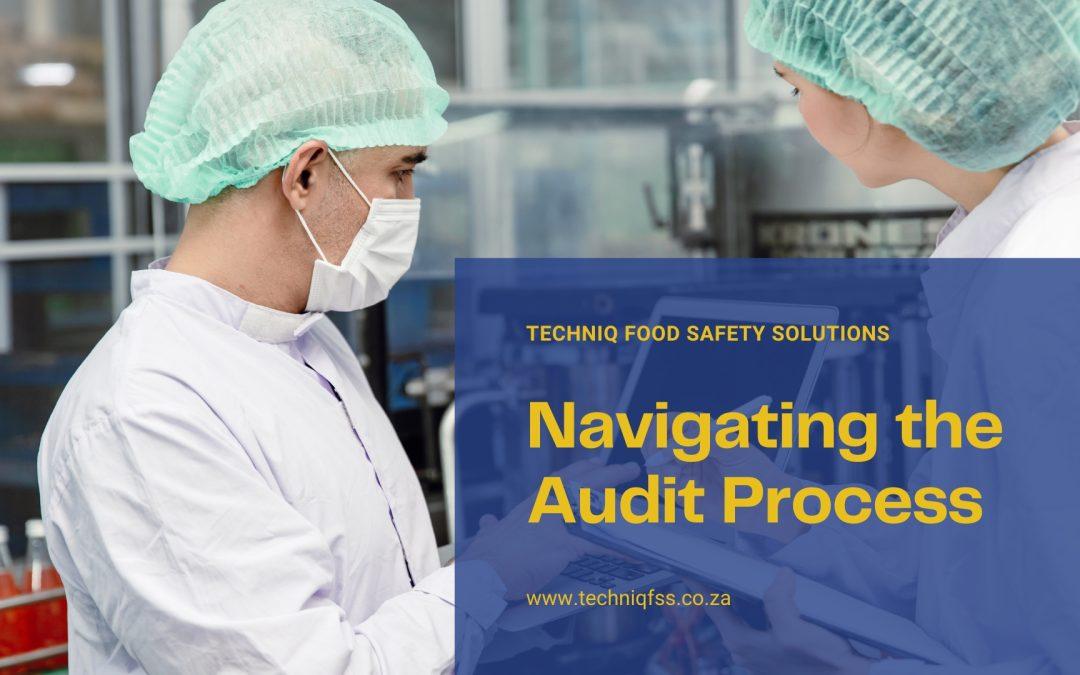Food safety audits are an essential aspect of ensuring that food products meet regulatory and customer standards. For food businesses, these audits are a crucial part of maintaining food safety, quality, and compliance. However, preparing for and navigating a food safety audit can be challenging and stressful, especially if you are not adequately prepared.
In this blog post, we will provide some tips on how to navigate and manage a food safety audit.
Understand the Audit Requirements
Before preparing for a food safety audit, it is crucial to understand the requirements of the audit. Each audit has specific requirements, and understanding them can help you to prepare adequately. The requirements will typically include specific standards, documentation, and procedures that need to be followed. Understanding the requirements will also help you to identify potential gaps and areas of improvement.
Prepare Documentation
Documentation is a crucial aspect of any food safety audit. You need to ensure that all documentation is up-to-date and readily available. Examples of documents that are typically required during a food safety audit include:
- Hazard Analysis and Critical Control Points (HACCP) plan
Risk assessment including methodologies
- Standard Operating Procedures (SOPs) / supporting Pre-Requisite Programme Documentation
- Training records
- Sanitation records
- Temperature logs
- Calibration records, Etc
It is essential to have all documentation organized and easily accessible. Having a system in place to organize and manage your documents can help streamline the audit process.
Conduct Regular Internal Audits
Conducting regular internal audits can help you identify potential areas of improvement and ensure that your processes are in compliance with regulatory and customer standards. Internal audits should be conducted by trained staff who have a good understanding of food safety and the audit requirements. The internal audit should cover all aspects of the food safety program, including the facility, equipment, and staff.
Communicate with Your Staff
Communication is key to successfully navigating a food safety audit. You need to ensure that all staff members are aware of the audit and their roles and responsibilities. Communication should also include regular training on food safety practices, including how to identify potential hazards and report any issues. Additionally, it is essential to communicate any changes to your food safety program, such as updates to your HACCP plan or SOPs.
Conduct a Pre-Audit
Conducting a pre-audit can help you identify potential issues and gaps in your food safety program. A pre-audit is typically conducted by a third-party auditor or a consultant who has experience in food safety audits. The auditor will conduct a mock audit, simulating the actual audit process. The auditor will identify any issues and provide recommendations on how to address them.
Corrective Actions
If any issues are identified during the audit, it is essential to take corrective action promptly. Corrective action is a process of identifying the root cause of the issue, implementing a solution, and monitoring to ensure that the issue does not recur. Corrective action should be taken as soon as possible, and the results should be documented.
If you require any guidance or you’d like to get your business and staff ready for an audit, please feel free to reach out and allow us to support you.
The moment we hear the word “audit”, often this is accompanied by a feeling of unease, mixed with a bit of anxiety. Immediately defense mode kicks in. We ask, when it will take place, to gauge preparation time, who the auditor will be so we can determine the tone or mood and questions whether one has done enough. Many feel that this is a zoom in on activities and outputs and can be taken very personally when it comes to responsibility and accountability. This right here is quite a common response by most people subjected to the audit process.
With auditing comes a level of skill as well as experience required, to navigate through the process. This is summarised in a few simple steps for success.
-
- Understand the audit requirements.
- Prepare the necessary documentation, related to the organizational FSMS
- Review the system regularly for updates and maintenance by conduct regular internal audits to identify potential areas of improvement.
- Communicate with staff and provide regular training on food safety practices.
- Conduct a pre-audit to identify potential issues and gaps in your food safety program.
- Take prompt corrective action if any issues are identified during the audit.
- Review the effectiveness of action at specified timeframes.
A challenge commonly identified in organisations with multiple requirements, i.e., Regulatory, Customer specific or Certification requirements, these are treated in isolation or silo-based systems. In most cases the requirements overlap, thus a smart approach would be to combine similar requirements and treat it as one FSMS, and only separate specific requirements where unavoidable.

